Almost half of the world’s human population lives in coastal areas, and associated coastal development has significantly degraded or destroyed many coastal ecosystems. Burgeoning human populations and rising sea levels only further constrain the availability of habitat that coastal species depend on.
California’s 1,100 mile coast has more than 200 threatened, endangered or rare species living in coastal habitats. There are hundreds of coastal estuaries that provide critical rearing habitat for marine species, and are also important for recreation, water filtration, and carbon sequestration.
Only 10 percent of California’s historic coastal wetlands remain. Without intervention, we are at risk of losing 40 percent of our remaining coastal wetlands to sea level rise over the coming decades. Conservancy scientists are working to reverse these trends.
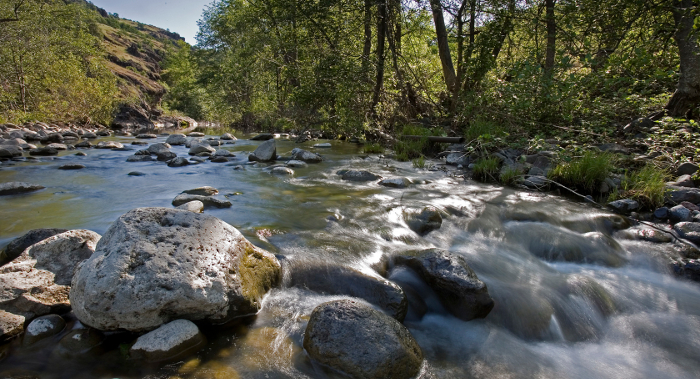
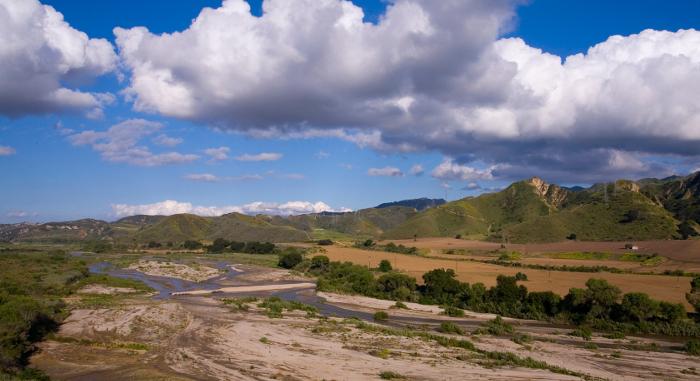
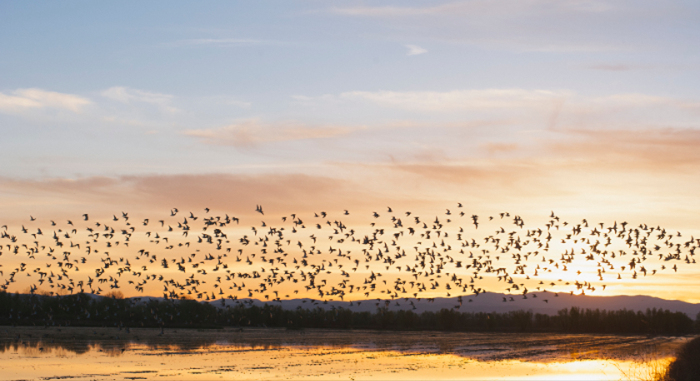
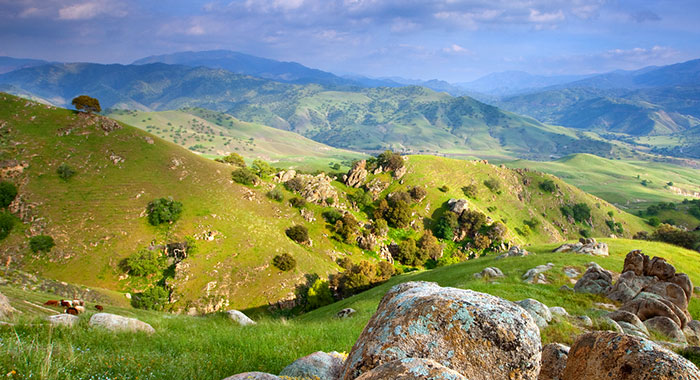

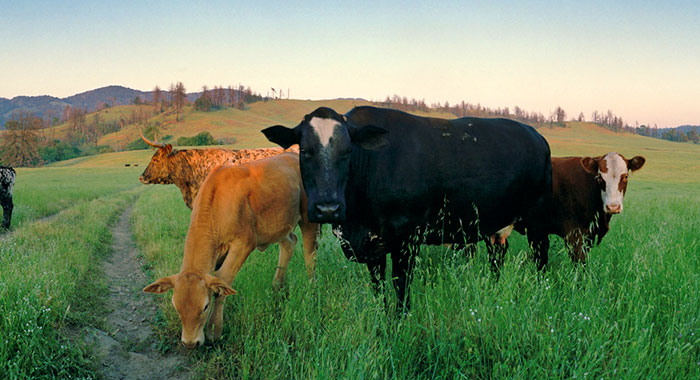
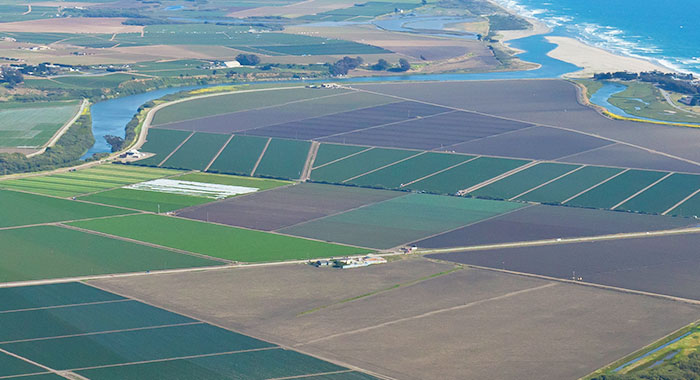

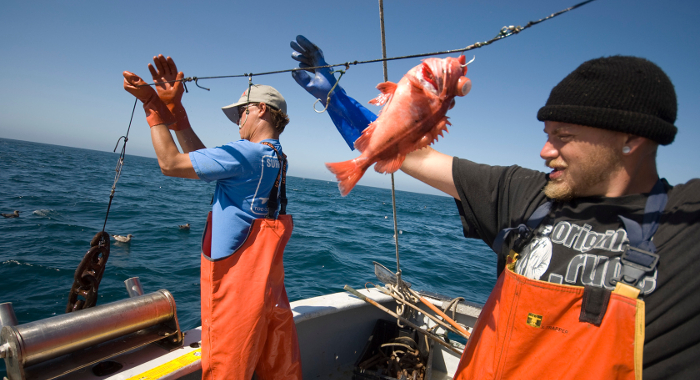
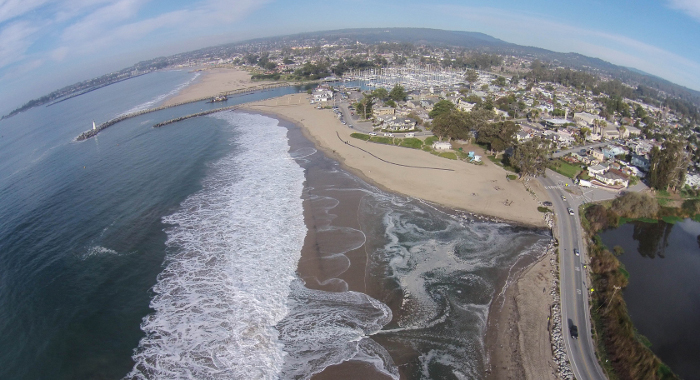
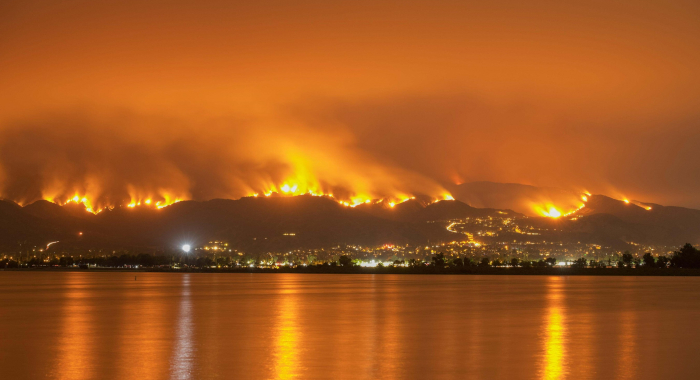
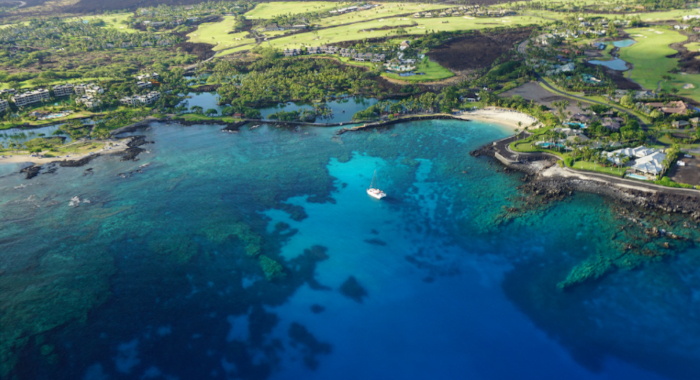
Kristen N. Wilson, , Suzanne L. Baker, G. Mathias Kondolf
Many stream restoration projects are designed with the Natural Channel Design approach, which involves construction of single-thread meandering channels based on formulas for channel form. In some…Benjamin P. Bryant, T R. Kelsey, Adrian L. Vogl, Stacey A. Wolny, Duncan J. MacEwan, Paul C. Selmants, Tanushree Biswas, H S. Butterfield
Irrigated agriculture has grown rapidly over the last 50 years, helping food production keep pace with population growth, but also leading to significant habitat and biodiversity loss globally. Now,…Jonathan R. B. Fisher, Stephen A. Wood, Mark A. Bradford, Rodd Kelsey
Author: Chris Alford, Editors and Reviewers: Amy Campbell, Monty Schmitt, Sara Press, Wendy Eliot, Bob Neale
Evaluating and Protecting Environmental Water Assets: A Guide for Land Conservation Practitioners, a publication by TNC and the Sonoma Land Trust (SLT), provides provides easy to understand guidance,…Jonathan R. B. Fisher, Stephen A. Wood, Mark A. Bradford, Thomas Rodd Kelsey
Michael J. Paul, Ben Jessup, Larry R. Brown, James L. Carter, Marco Cantonatie, Donald F. Charles, Jeroen Gerritsena, David B. Herbst, Rosalina Stancheva, Jeanette Howard, Bill Isham, Rex Lowe, Raphael D. Mazor, Patina K. Mendez, Peter R. Ode, Alison O'Dowd, John Olson, Yangdong Pan, Andrew C. Rehn, Sarah Spaulding, Martha Sutula, Susanna Theroux
Water resource agencies assess stream water quality by determining the bugs and algae present to develop biotic indices. Yet translating these technical measures into meaningful language is difficult.…Dr. Winston Vickers, Karen C. Drayer, Trish Smith, Brian Cohen
Highways across the greater San Diego region in southern California are major barriers and causes of mortality for mountain lions and are contributing to the species’ genetic restriction and…Grace C. Wu, Emily Leslie, Douglas Allen, Oluwafemi Sawyerr, D. Richard Cameron, Erica Brand, Brian Cohen, Marcela Ochoa, Arne Olson
California has ambitious climate and energy policies that call for the development of significant amounts of new zero-carbon energy by midcentury. The Power of Place study looks at multiple pathways…Rodd Kelsey, Scott Butterfield, Abigail Hart, Ruthie Redmond, Hope Bigda-Peyton
This Policy Brief summarizes the results of a study on the potential for strategic habitat restoration in the San Joaquin Valley of California as an important part of reducing overall water…Ray Hilborn, Ricardo Oscar Amoroso, Christopher M. Anderson, Julia K. Baum, Trevor A. Branch, Christopher Costello, Carryn L. de Moor, Abdelmalek Faraj, Daniel Hively, Olaf P. Jensen, Hiroyuki Kurota, L. Richard Little, Pamela Mace, Tim McClanahan, Michael C. Melnychuk, Cóilín Minto, Giacomo Chato Osio, Ana M. Parma, Maite Pons, Susana Segurado, Cody S. Szuwalski, Jono Wilson, Yimin Ye
Does fisheries management work at improving the status of fish stocks? The answer is a resounding, yes. This article compiles estimates of the status of global fish stocks, comprising roughly half of…Butterfield, H.S., M. Katkowski, J. Cota, O. Sage, C. Sage, K. Easterday, D. Zeleke, L. Riege, S. Gennet, K. Lin, B. Leahy, M. Bell, M. Reynolds
Cattle grazing is the dominant land management tool TNC has to manage biodiversity and reduce the threat of catastrophic wildfire at the TNC's Jack and Laura Dangermond Preserve. This…Gavin M. Jones, H. Anu Kramer, Sheila A. Whitmore, William J. Berigan, Douglas J. Tempel, Connor M. Wood, Brendan K. Hobart, Tedward Erker, Fidelis A. Atuo, Nicole F. Pietrunti, Rodd Kelsey, R. J. Gutierrez, M. Zachariah Peery
This study examined spotted owl habitat selection after the King Fire in California using satellite tracking of 26 different owls . The authors found that whether severe fire was "good" or "bad" for…Butterfield, H.S., M. Reynolds , M.G. Gleason, M. Merrifield, B.S. Cohen, W.N. Heady, D. Cameron, T. Rick, E. Inlander, M. Katkowski, L. Riege, J. Knapp, S. Gennet, G. Gorga, K. Lin, K. Easterday, B. Leahy, M. Bell
This Plan frames the biological and cultural significance and provides the short- and long-term goals, objectives, and priority actions for the Jack and Laura Dangermond Preserve.Sara M. Kross, Breanna L. Martinico, Ryan P. Bourbour, Jason M. Townsend, Chris McColl, T. Rodd Kelsey
Agriculture-dominated landscapes harbor significantly diminished biodiversity. Woody vegetation along field margins can provide farmers with ecosystem services and benefit biodiversity. However, when…H.J. Walker Jr., Philip A. Hastings, John R. Hyde, Robert N. Lea, Owyn E. Snodgrass, Lyall F. Bellquist
In response to anomalously warm sea-surface temperatures, poleward shifts in the geographic range of hundreds of marine organisms worldwide have been documented. This paper reports on the unusual…Christopher J. Lortie, Jenna Braun, Michael Westphal, Taylor Noble, Mario Zuliani, Emmeleia Nix, Nargol Ghazian, Malory Owen, H. Scott Butterfield
This paper evaluates how endangered species with highly restricted habitat needs and increasingly small population sizes (using blunt-nosed leopard lizard as our example), select and use available…